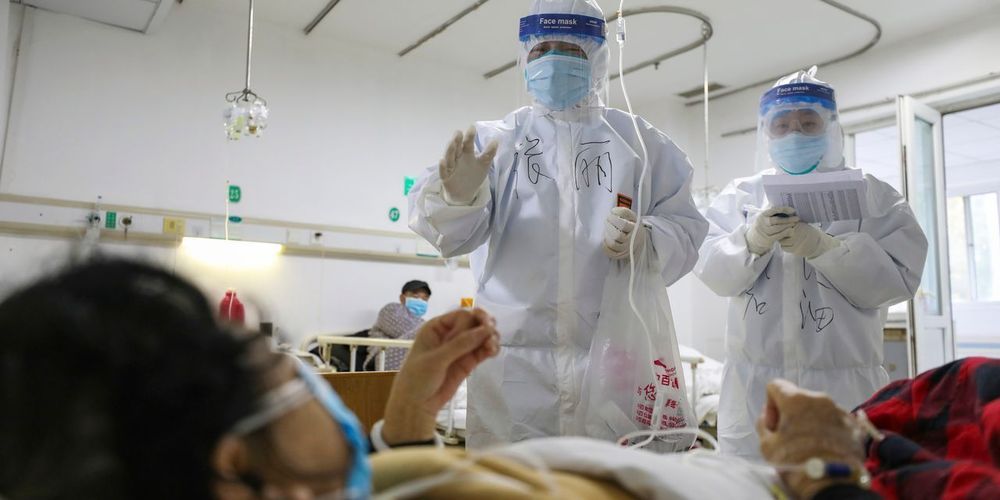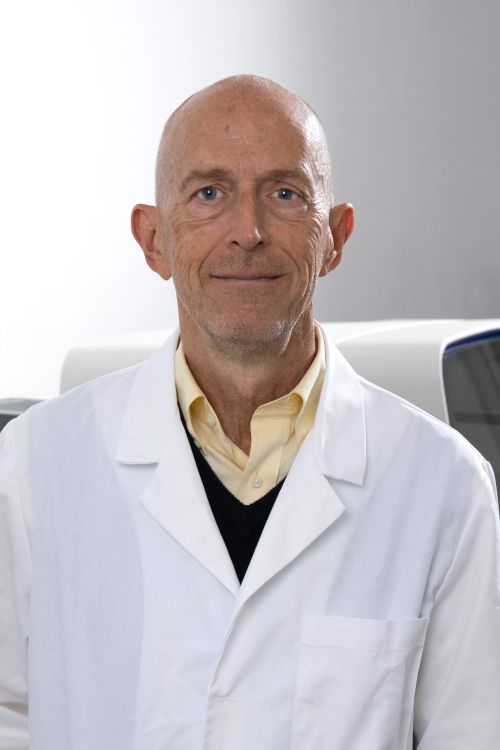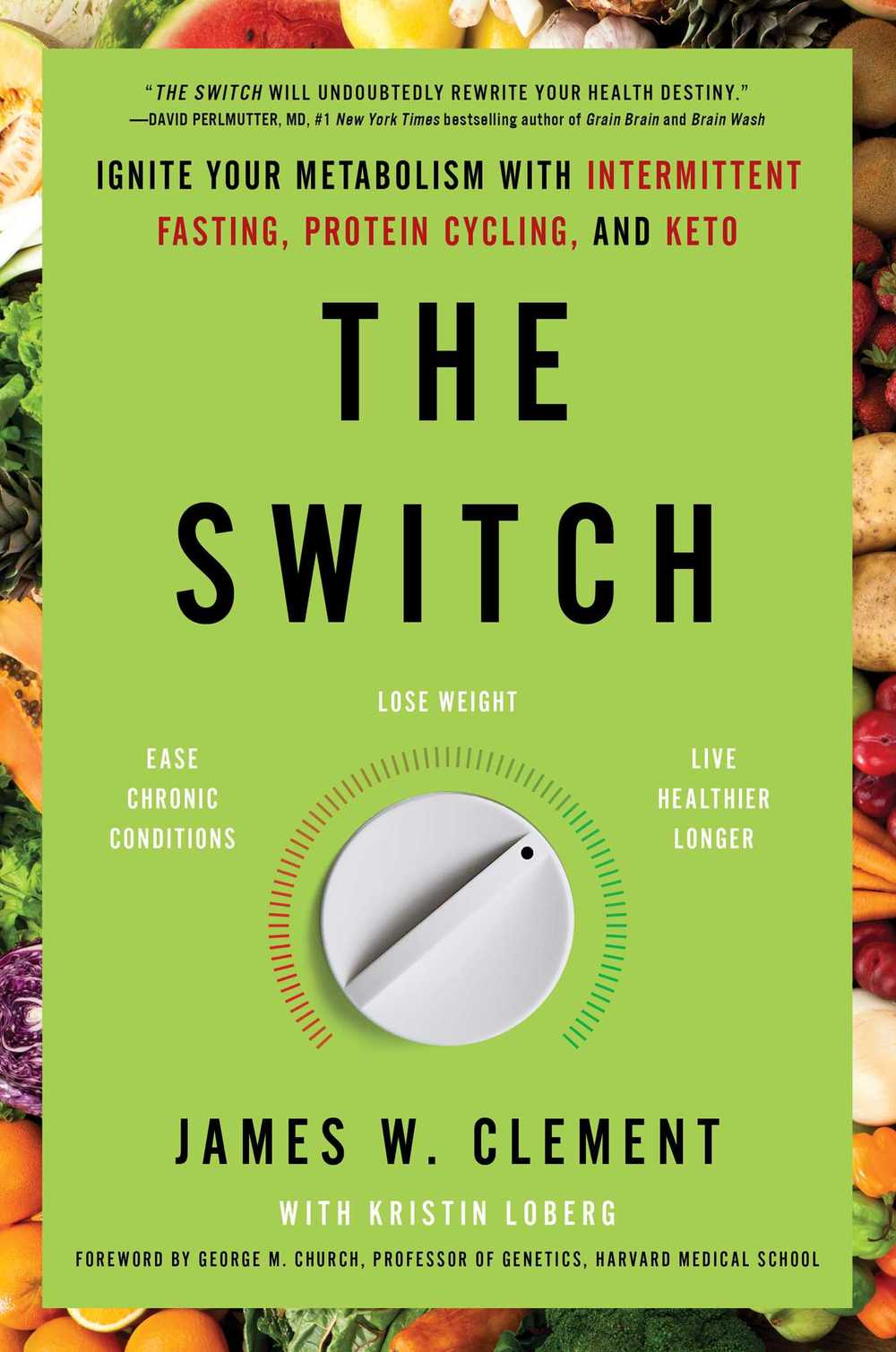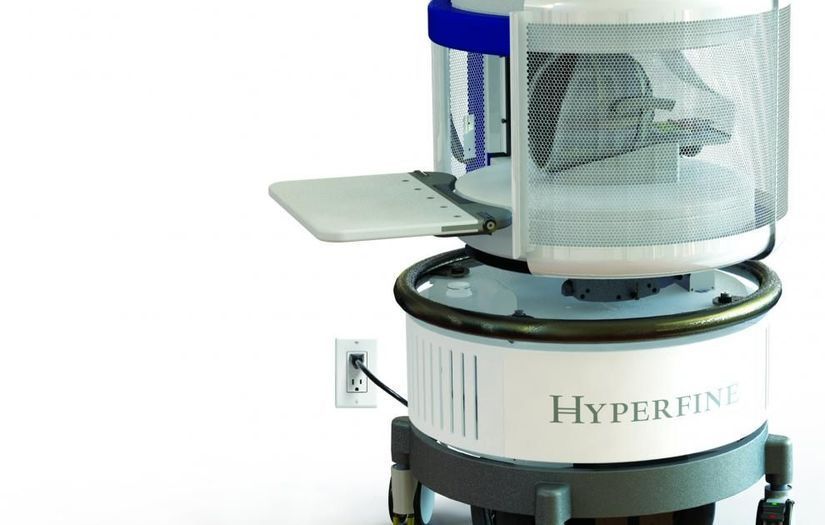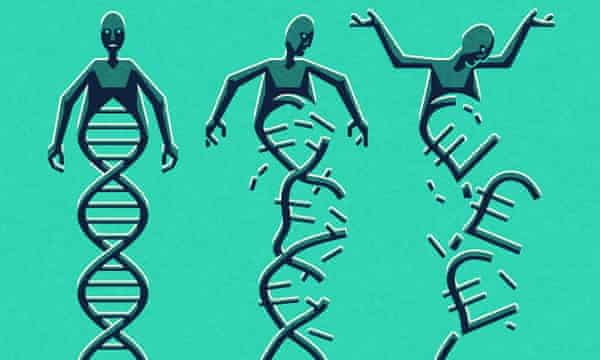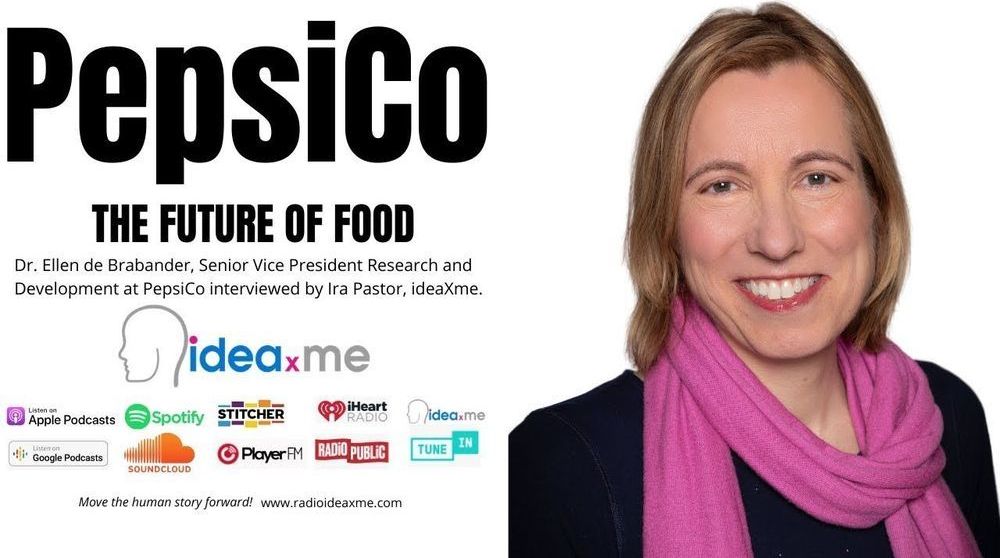Feb 17, 2020
Gilead’s Coronavirus Drug Trial Slowed by Lack of Eligible Recruits
Posted by Omuterema Akhahenda in category: biotech/medical
BEIJING—Clinical trials being conducted in Wuhan to test Gilead Sciences Inc.’s antiviral drug, a promising remedy for the new coronavirus, are going more slowly than hoped for as the drugmaker struggles to recruit qualified patients, underscoring the challenges in quickly developing drugs during outbreaks.
The trials, aimed at testing more than 700 patients infected with the Wuhan coronavirus, have succeeded in recruiting fewer than 200 people after 10 days.
A total of 168 patients with severe symptoms, and 17 patients with mild and moderate symptoms, were recruited at 11 medical institutes across Wuhan, Zhang Xinmin, an official from China’s Ministry of Science and Technology, said at a Saturday press conference.
Continue reading “Gilead’s Coronavirus Drug Trial Slowed by Lack of Eligible Recruits” »
